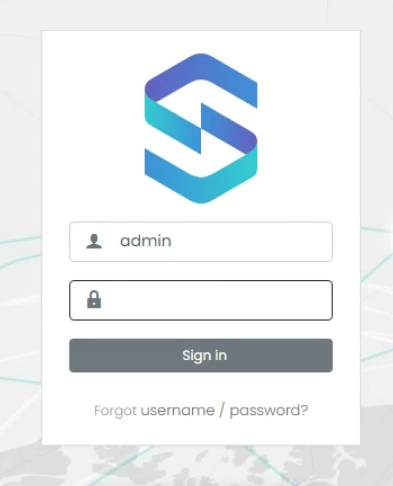UTMStack Server Setup Guide
This guide will walk you through the process of configuring the UTMStack Main Server. The Main Server is the central component of UTMStack and is responsible for managing security operations and data collection.
Supported CPU Architectures for Virtualized Environments
CPU configuration in virtualized environments can impact system performance and compatibility. UTMStack supports the following CPU architectures in QEMU/KVM environments:
- 86-64-v2 (QEMU): Based on the 64-bit x86 architecture with a second-generation instruction set, offering improved compatibility and optimized performance.
- 86-64-v2-AES (QEMU): Similar to x86-64-v2, but with support for encryption acceleration through the AES-NI (Intel Advanced Encryption Standard New Instructions) instruction set, enhancing security and encryption speed for sensitive applications.
- 86-64-v4 (QEMU): A fourth-generation architecture incorporating a broader set of advanced instructions and performance improvements compared to previous versions.
- Host (KVM): This option allows the virtual machine to use the host processor’s features directly, maximizing performance and compatibility with specific hardware.
Linux Installation Guide
This guide will walk you through the process of installing UTMStack on a Linux system using the official installer script. Please follow the steps below to ensure a successful installation.
Step 1: Prepare the System
Before starting the installation, make sure that your system meets the minimum requirements and is up to date.
Please refer to the System Requirements page in the UTMStack documentation for detailed information about the recommended specifications for your environment.
Execute the following commands to update the package list and install the required dependencies on your Ubuntu 22.04 LTS system:
sudo apt update
sudo apt install wget
Step 2: Download the Installer Script
Download the latest version of the UTMStack installer script from the official UTMStack website. You can use the following command to retrieve the script:
wget http://github.com/utmstack/UTMStack/releases/latest/download/installer
Step 3: Grant Execution Permissions
Change to the root user to ensure proper execution of the installer script:
sudo su
Set execution permissions for the installer script using the following command:
chmod +x installer
Step 4: Run the Installer
Now, you are ready to run the installer script and begin the installation process.
Execute the installer without parameters:
./installer
The installer script will take care of downloading the necessary packages.
Please note that the installation process may take some time depending on the system and the options selected.
Trubleshooting: If you find any errors during the installation, please check the installation log for more details: /var/log/utm-setup.log
Error During UTMStack Installation: Issue Regenerating the Geo-IP Index
Problem Description: During the installation of UTMStack, an error may occur related to regenerating the Geo-IP index. This issue prevents the system from properly completing the configuration of the geographical location database, which can impact certain functionalities that rely on this information.
Solution: To resolve this issue, you need to rerun the UTMStack installer. Restarting the installation process will properly regenerate the Geo-IP index, ensuring that location data is correctly processed and stored.
You can find the password and other generated configurations in /root/utmstack.yml
Step 5: Configuration of UTMStack
After successfully installing UTMStack on your servers, it is important to configure the necessary services to ensure proper functionality. This step involves setting up best-practice firewall rulesets to control network traffic effectively. Additionally, you have the option to integrate third-party applications like M365 to enhance UTMStack’s capabilities.
To learn more about the specific firewall rules you need to create for UTMStack, please refer to the Firewall Rules section for detailed instructions.
Step 6: Installing and Configuring an SSL/TLS certificate
Go to Configuring an SSL/TLS certificate section for detailed instructions.
Step 7: Accessing the UTMStack Platform
Once you have successfully installed the server, you can now access the platform and start using it for your cybersecurity needs. Follow these steps to log in to the UTMStack platform:
Open your preferred web browser.
Enter the HTTPS URL of your server’s name or IP address in the browser’s address bar. For example, if your server’s IP address is 192.168.0.100, you would enter https://192.168.0.100.
Press Enter to load the UTMStack login page.

Once UTMStack is installed, use admin as the user and the password generated during the installation for the default user to login. You can find the password and other generated configurations in /root/utmstack.yml
Note: Use HTTPS in front of your server name or IP to access the login page.
Default credentials for Ubuntu Server when using the ISO installer:
User: utmstack Password: utmstack
Click on the “Sign In” button to authenticate and access the UTMStack platform.